These 3 houseplants can improve your microbiome, according to a horticultural therapist, who reveals how indoor plants boost your immunity
The health benefits of nurturing an indoor garden will surprise you
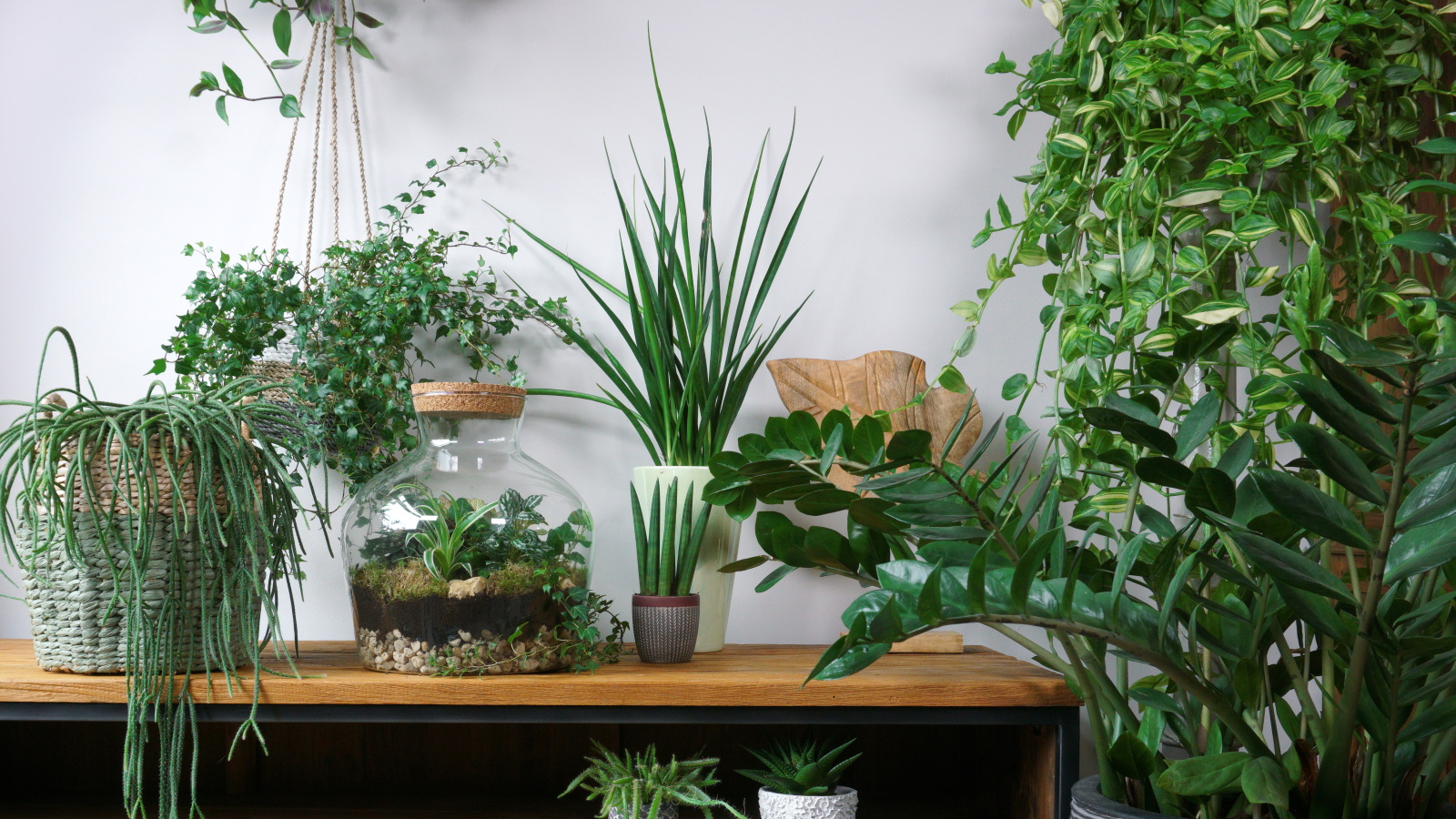

It's no secret that plants are good for us. Whether it's from the endorphins we receive from interacting with them or the exercise we get from gardening tasks, us gardeners have long enjoyed the benefits of having plants in our lives. It goes beyond these instant rewards, however, as experts say simply being around plants boosts your immunity and physical health.
This is explained by the beneficial bacteria plants pass on to us, improving our microbiome as a result - the collection of microorganisms in your body responsible for keeping your immune system and digestion in shape, as well as producing essential vitamins. This doesn't just apply to the plants in your yard, but those in an indoor garden, too. 'Just as plant-rich settings do so much for human health, you can also have benefits from plant immersion inside,' says Kelly Warnick, horticultural therapist with the American Horticultural Therapy Association (AHTA).
I spoke with Kelly to find out more about the science behind houseplants that improve your microbiome, and which particular plants to choose to boost your immunity.
How do houseplants improve your microbiome?
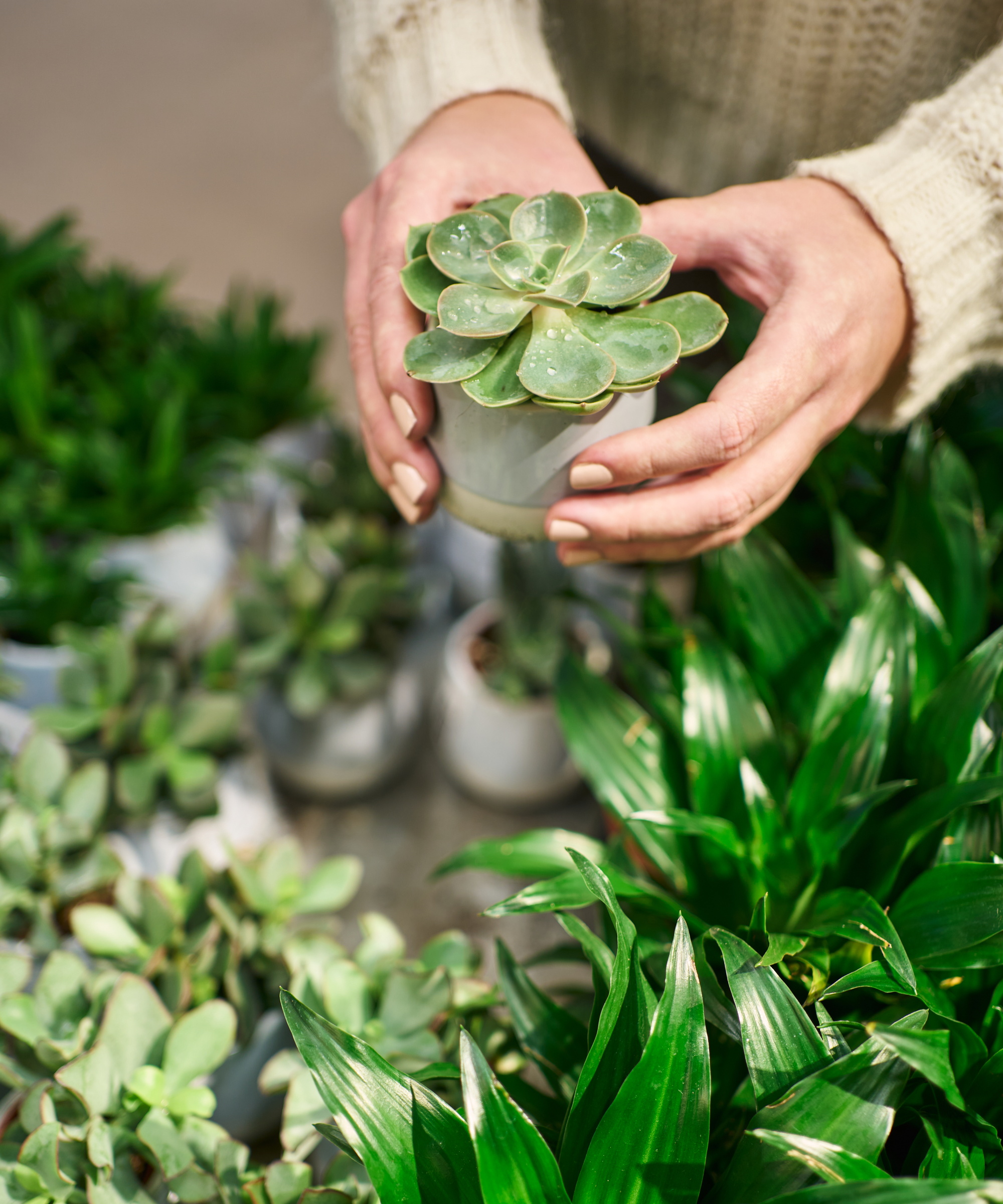
'There is so much positive bacteria in soil. When humans engage with soil, smelling it and working with their hands, it raises serotonin levels, improving mood, while also boosting immune system,' Kelly explains.
Mycobacterium vaccae is an example of beneficial bacteria found across different soil types. As explained in the 2020 Brain, Behavior, and Immunity study, researchers found Mycobacterium vaccae to promote resilience to 'chronic psychosocial stress' and related mental disorders, like anxiety. It has anti-inflammatory, immunoregulatory, and stress resilience properties, and we absorb it through contact with our skin. By activating neurons that produce serotonin, this bacteria can boost our mood overall.
Other bacteria helps to balance your microbiome, offering protection against potential pathogens (which cause disease) by increasing the biodiversity of microbes in your body which then compete for nutrients with pathogens. Essentially, bacteria we receive from plants can create a healthier ecosystem in your microbiome and become preventative against ill health.
This is one of the secrets of soil you benefit from by caring for indoor plants, making tasks such as repotting one that improves health for both you and your plants.
'The tactile experience and working with the soil has had one of the most powerful results among my clients,' Kelly says. 'But, it isn't just this. Plants also emit compounds and aerosols that can boost your immune system,' she adds.
There has been an increased awareness about how plants improve air quality since a study conducted by NASA in 1989 and other studies that have since backed up this research. Air-cleaning indoor plants are those that are most effective at removing toxins from the air, through a range of processes including leaf absorption, the work of microorganisms in the soil, and photosynthesis.
Of course, plants with large foliage - such as a Monstera deliciosa - are houseplants that reduce dust, also leaving your home feeling cleaner. Less dust, toxins, and harmful bacteria in the air fosters an overall healthier environment for humans.

Based in Chicago, Kelly Warnick, HTR, JD, is owner of Horticulture 4 Health, LLC. She delivers therapeutic horticulture sessions to many populations, including veterans, youth, older adults, and individuals with physical, developmental, cognitive, and sensory challenges. Kelly is an Adjunct Instructor at College of DuPage and serves as President-Elect for the American Horticultural Therapy Association. She is committed to writing, speaking, practicing, and teaching to foster the people-plant connection and further the impact of the horticultural therapy profession.
3 houseplants that improve your microbiome
While it's true all plants will contribute to a healthier immune system in some way, there are some houseplants that improve you microbiome more effectively than others. Here are some of Kelly's top picks:
1. Areca palm
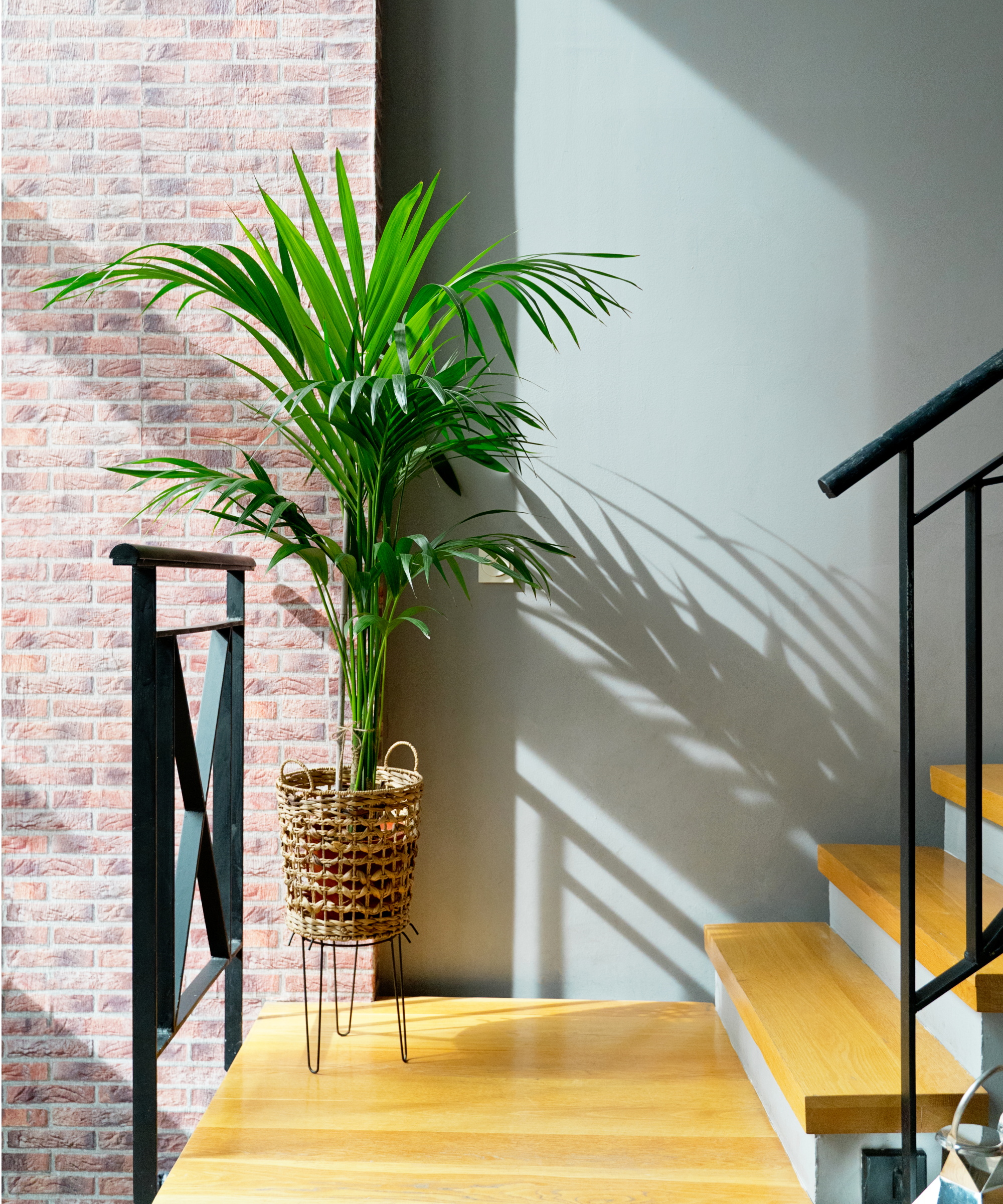
'Many consider this the number one plant for cleaning the air and improving air quality,' says Kelly.
In fact, areca palm is a plant that prevents mold. It does this by absorbing harmful compounds, like xylene and toluene, and releasing oxygen. This has a purifying effect for the surrounding air.
They're fairly easy to care for too, doing best in a bright spot and with a consistent moisture level that isn't waterlogged. Take care to avoid direct sun which can lead to leaf scorch.
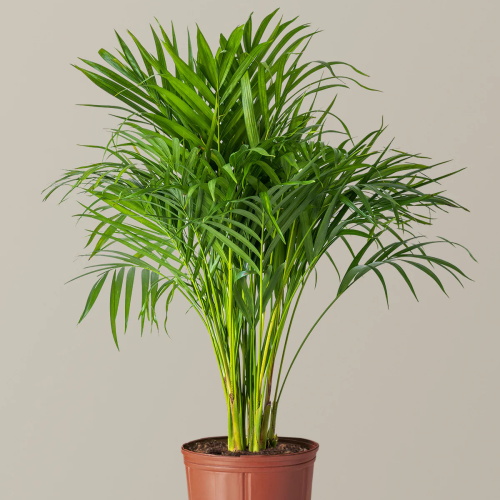
The areca palm is adored for its elegant, feathery fronds and lush, vibrant green foliage. This plant arrives in a 10-inch diameter grow pot.
2. Peperomia
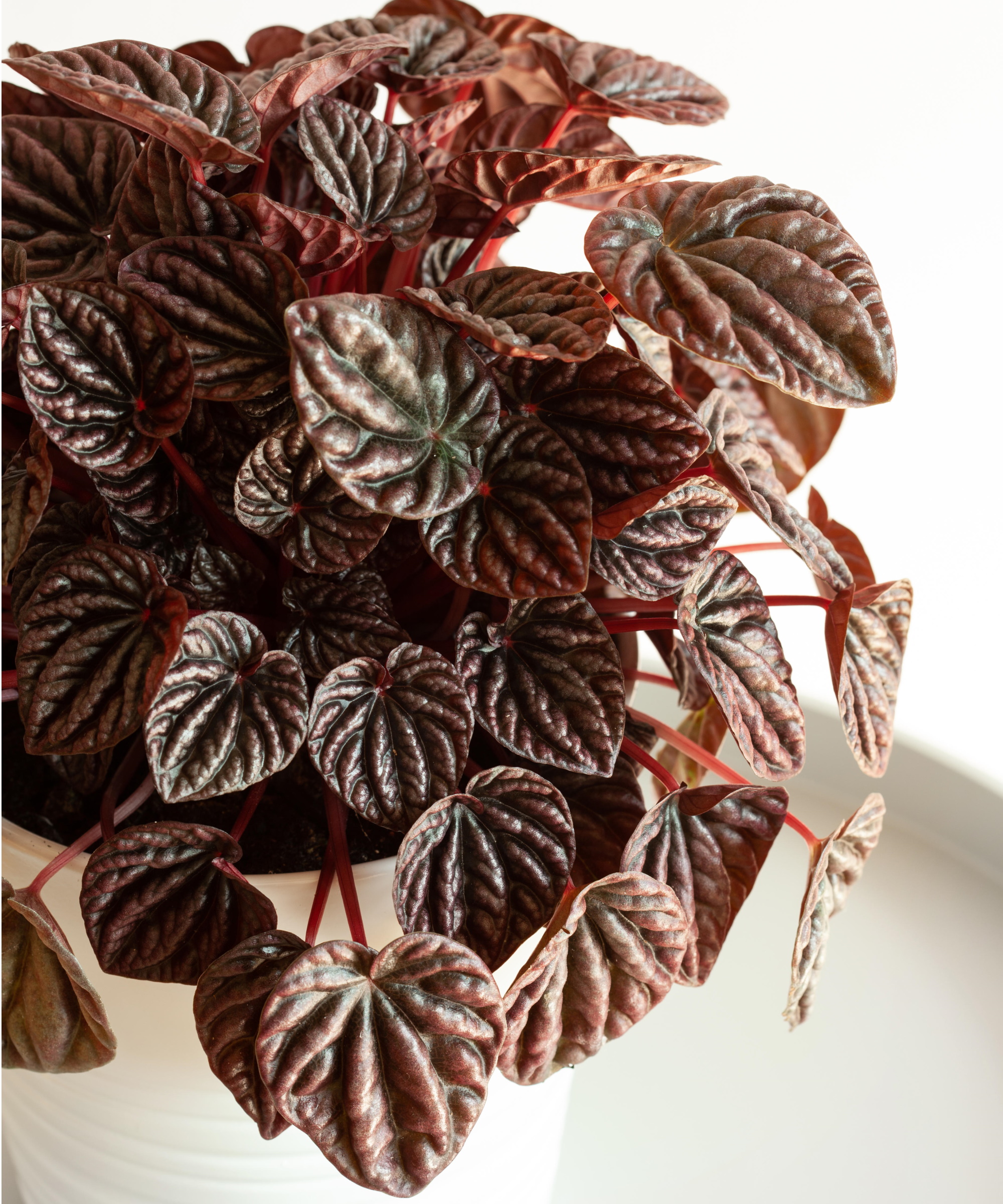
'I use peperomia plants a lot with my patients in indoor settings because of their texture,' says Kelly. 'When I’m able to engage all the senses in a programme, it's really powerful and supports overall health,' she says.
Peperomia plants (or radiator plants) have unique texture that boosts serotonin levels and endorphins when felt, making it a great plant for mental health. But, the benefits extend to physical health, too.
In NASA's 1980s study, it was found that peperomia plants reduce formaldehyde (a toxic gas found in building materials, cosmetics, and more) levels indoors by up to 47%.
As well as being an air-cleaning plant, peperomia can also be used as a medicinal plant to treat inflammatory illnesses, infections and eye diseases.
To grow a peperomia plant at home, ensure it has access to bright, indirect light. It also does best in room temperatures between 65°F and 75°F, and don't forget to repot it as it grows bigger to soak up bacteria like Mycobacterium vaccae in its soil and prevent the plant coming pot-bound.
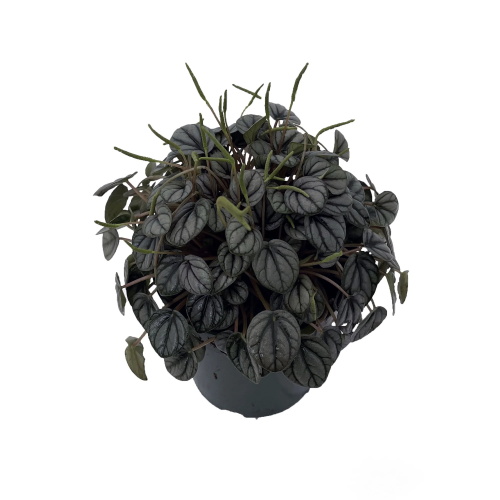
This charming peperomia has silver-green foliage with dark green veining. Easy to grow in bright, indirect light.
3. Bromeliad
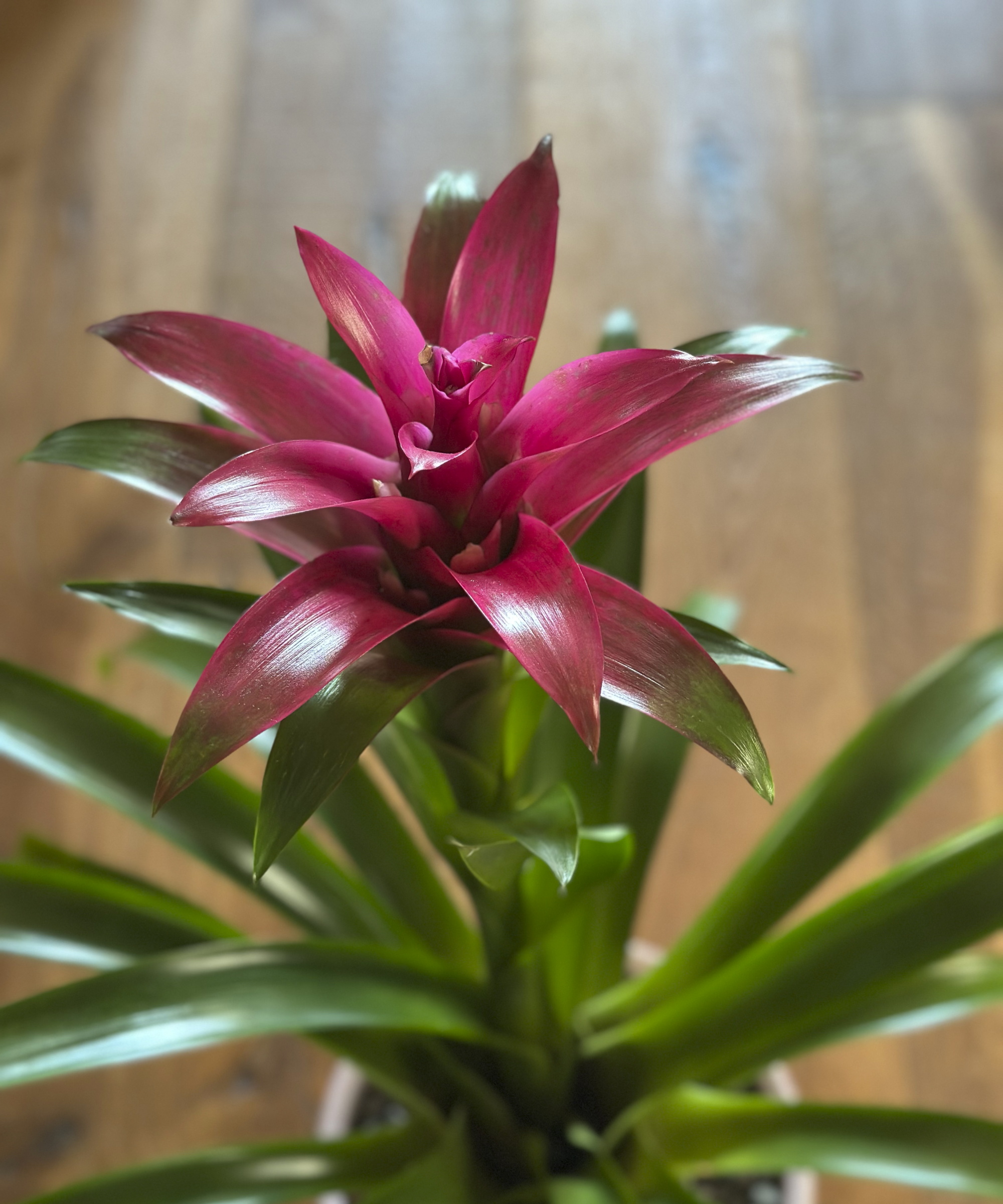
Bromeliads are another houseplant favored by Kelly. Not only are they beautiful tropical indoor plants with a striking appearance, they can also benefit your indoor environment in a number of ways.
Just like areca palm and peperomia, bromeliads are known to remove toxins from the air, especially formaldehyde and benzene (a human carcinogen). But, this isn't their only health-boosting quality.
Bromeliads are on the list of houseplants that banish condensation, absorbing excess moisture through their central tank which stores water and nutrients. By taking excess moisture out of the air, plants like bromeliads help reduce the development of mold and, as a result, respiratory issues.
Another bonus is bromeliad care is very low-maintenance. They can be left to dry out between watering, thanks to their extra storage of water. Plus, they can tolerate being indoor low light plants, although they do prefer a brighter position.
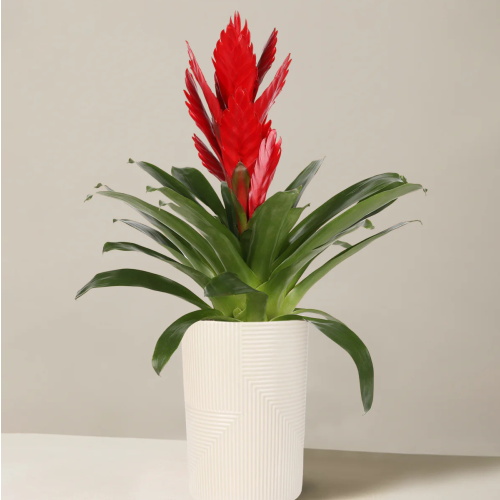
The Vriesea Intenso Red, or flaming sword houseplant, is one of the showiest bromeliads known for its bright red spike, lasting as long as 3–6 months.
FAQs
How can you improve your houseplant's soil microbiome?
You can improve the soil microbiome of your houseplants by choosing nutrient-rich soil full of organic matter. These are the potting mixes with the most microbial activity and beneficial bacteria will be passed to you as you work with these plants. Proper aeration can also aid microbial activity in houseplant soil, such as by adding perlite and not oversaturating the soil.
Growing houseplants that improve your microbiome is just one aspect of green therapy. Making time for indoor plant care, getting creative with styling houseplants, and propagating plants are equally important for supporting mental and physical wellbeing.
Sign up to the Homes & Gardens newsletter
Design expertise in your inbox – from inspiring decorating ideas and beautiful celebrity homes to practical gardening advice and shopping round-ups.

Tenielle is a Gardens News Writer at Homes & Gardens. She holds a qualification in MA Magazine Journalism and has over six years of journalistic experience. Before coming to Homes & Gardens, Tenielle was in the editorial department at the Royal Horticultural Society and worked on The Garden magazine. As our in-house houseplant expert, Tenielle writes on a range of solutions to houseplant problems, as well as other 'how to' guides, inspiring garden projects, and the latest gardening news. When she isn't writing, Tenielle can be found propagating her ever-growing collection of indoor plants, helping others overcome common houseplant pests and diseases, volunteering at a local gardening club, and attending gardening workshops, like a composting masterclass.
You must confirm your public display name before commenting
Please logout and then login again, you will then be prompted to enter your display name.
-
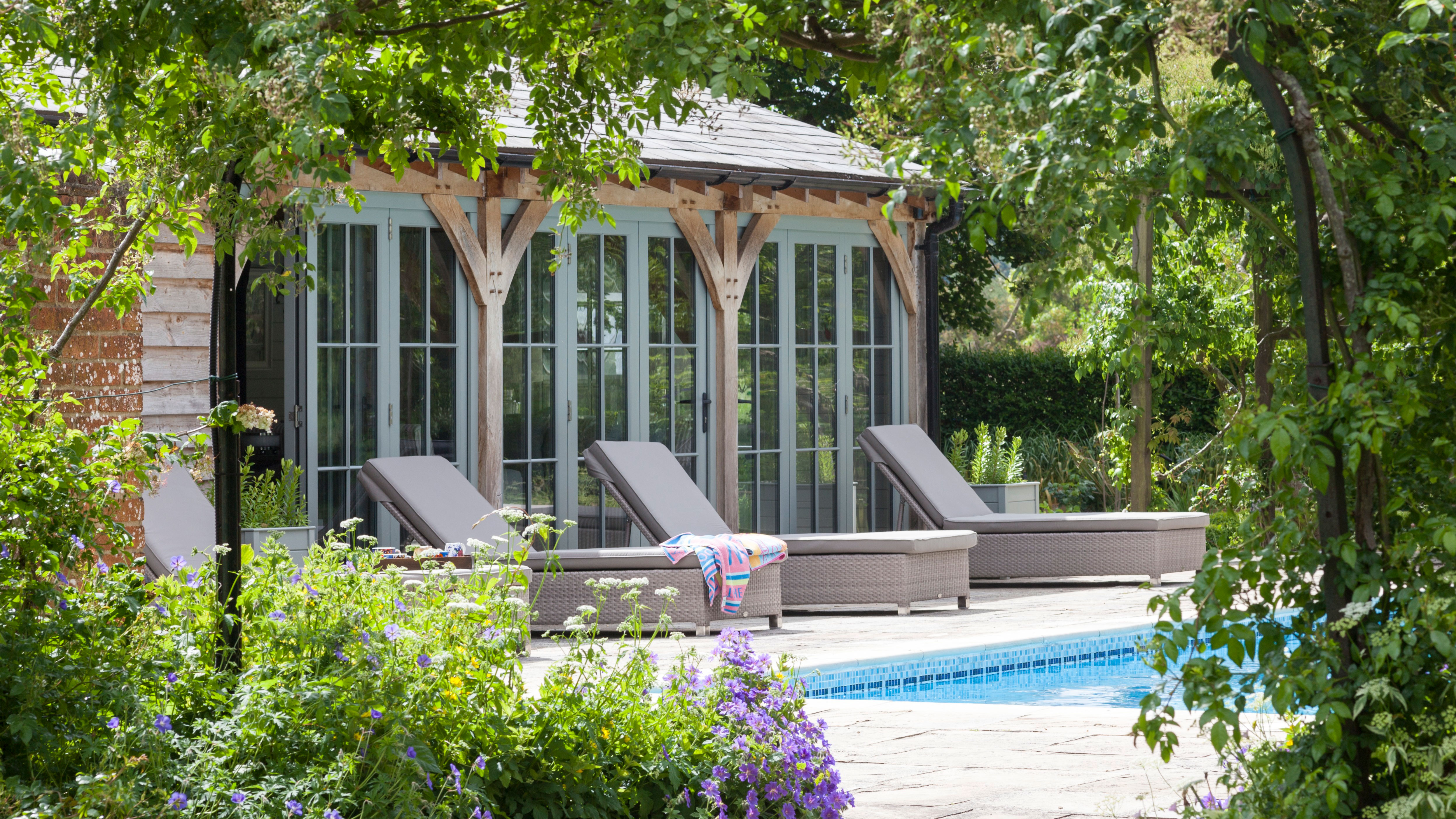 Lidl's brand-new garden lounge chair is so good they've had to limit it to only 2 per a customer – it is low in stock, so you'll need to act fast
Lidl's brand-new garden lounge chair is so good they've had to limit it to only 2 per a customer – it is low in stock, so you'll need to act fastHampton's style is hiding in the Lidl aisles thanks to this budget-friendly recliner
By Jennifer Ebert
-
 Kylie Jenner, Tommy Hilfiger, and Lenny Kravitz transform their homes with prints – the London Original Print Fair Director has a method that makes their look 'accessible and affordable' in your home
Kylie Jenner, Tommy Hilfiger, and Lenny Kravitz transform their homes with prints – the London Original Print Fair Director has a method that makes their look 'accessible and affordable' in your homeCelebrities from the Kardashians to Lenny Kravitz decorate their homes with prints by famous artists, and it's easier to recreate than you might expect
By Sophie Edwards